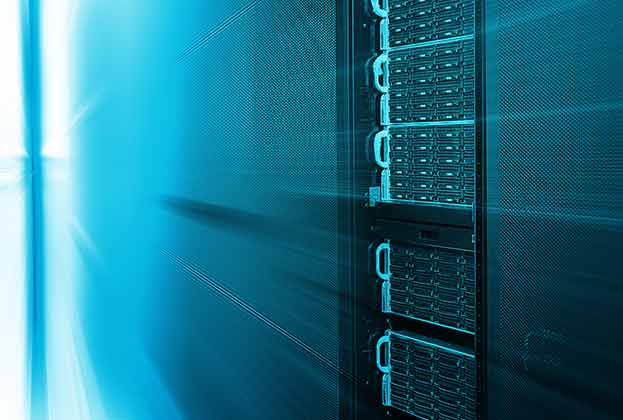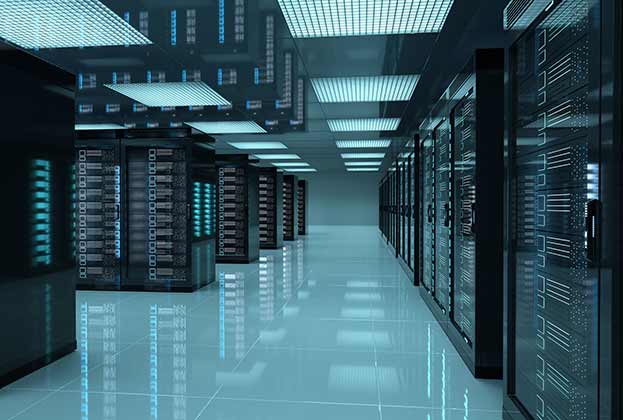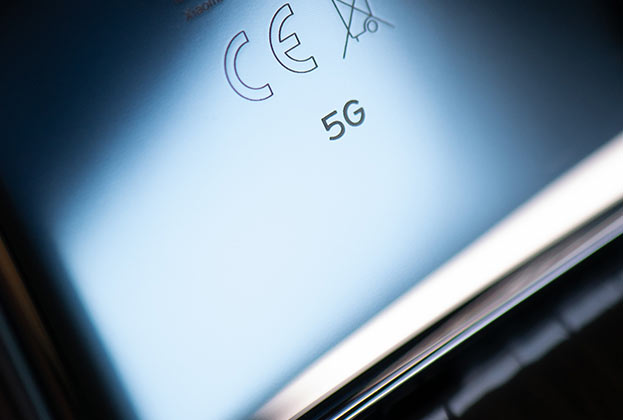While much progress has been made to 'green' the sector, there is likely to be more investment in the coming years to help the data centre industry to become carbon neutral
The green impetus
The exponential growth in data traffic comes at the cost of significantly higher energy demands. Over the past 10 years, data centres have been pinpointed by environmentalists for its massive carbon footprint that rivals the aircraft industry. Last year, loud public outcry and multiplying voices clamouring over the effects of climate change and several extreme heat-waves in Europe and the rest of the world have acted as a wake-up call for many major authorities, which have decided to take actions. In this wake, the EU Commission announced in February this year that the data centre industry should become climate neutral by 2030. As part of the European Green Deal initiative unveiled in November last year, this call points the start of future initiatives aiming at driving the industry towards a class of climate-neutral data centres.
Indeed, data centres are energy voracious; they are estimated to consume between 1% and 3% of the world power. According to the latest research from Swedish researcher Anders Andrae, by 2025, data centres will use 20% of the world’s energy, corresponding to 5.5% of the global carbon footprint. Hence data centres will amount to ICT’s largest share of global electricity production at 33%, followed by smartphones (15%) networks (10%) and TV (9%).
The green false pretence
The overall exponential energy appetite is triggered by a growing need from companies and consumers for more digital services and devices, which in turn, require more data centre facilities. Yet, new generation data centres require less energy than they used in the past. The amount of computing done in data centres more than quintupled between 2010 and 2018. Whilst at the same time, the amount of energy consumed by the world’s data centres grew by only 6%, thanks to improvements in energy efficiency. Revealed in March this year, data from the IEA (International Energy Agency), confirmed that energy demand from global date centre decreased over the past few years and should continue.
Over the past decade, the industry has moved away from corporate-owned data centres towards third-party commercially operated data centres. The latter ones are much better placed to optimised energy efficiency, notably using hyperscale or cloud data centres, since their operators have strong business incentives to waste less energy. Indeed, facilities with more efficient energy usage are more attractive to end-users and directly result in lower cost of operations. Hence becoming energy-efficient makes commercial sense as much as environmental sense.
Whilst the industry is increasingly accused of its impact on the environment, data centre companies have been proactively seeking innovative ways to decrease data centres’ environmental footprint. Internet giants and large cloud companies such as Google, Microsoft, Facebook and eBay played a leading role in investing in green energies and technologies. There are notably among those that are committing to use renewable energy in their data centres. Colocation data centre operators are rapidly following the same path.
Different shades of green
There are many means and steps to green the industry. The straightforward and easiest way is to avoid fossil fuels. data centres are well-placed to benefit from renewable energy sources due to their stable power consumption. Expanded availability of such energy has reduced its price. Besides, to attract data centre operators, local authorities often grant them lower and fixed price options. Hence, the use of renewable energy can offer the stability of electricity costs, especially at a time of energy price fluctuations. Some data centre companies, most notably cloud data centres are already operating using 100% renewable energy, resulting in lower emissions of carbon.
Another obvious step is to increase the efficiency of the data centre operating system. A few metrics exist to quantify this efficiency, but since 2007, the power usage effectiveness (PUE) indicator, has become the most commonly used across Europe. Introduced in 2006 by Green Grid, PUE is the relation between the amount of power entering a data centre and the power used to run the computer infrastructure within it (including cooling, heating, ventilation, power conversion/distribution, lighting and utility plug systems). The hypothetic optimum PUE is 1.0, meaning that 100% of the energy is efficiently used. According to the European Commission, in 2017 the average PUE in the Nordics was 1.71, in Northern Europe 1.72, in the UK and Ireland 1.83, and in Southern Europe 2.00. Nowadays, Google and Microsoft claim to build data centres for PUEs of 1.2 or better.
In recent years, a few shortcomings were brought to the fore regarding the PUE metric. One is that it does not take into account the possible reuse of the heat produced by the servers. Yet, recycling waste is a worth exploring way to win green credentials. Some data centres have implemented ingenious systems to reuse some sources of energy. In Switzerland, IBM uses the heat produced by its data centre to heat a local swimming pool. In France, Qarnot computing has built a data centre made up of “computer heaters” installed directly in homes to heat them using the heat produced by computer calculations.
In the first place, a forward-thinking approach is to anticipate energy efficiency from the start when conceiving and designing a new data centre, notably by adopting the latest building technologies and using sustainable sourcing of materials. Green building labels, including notably BREEAM and LEED have adopted new auditing methods specifically for data centres.
Furthermore, improving technology is slowly enabling IT equipment to operate at higher temperatures, ironically suggesting that by harnessing the latest technologies could help improve data centres’ environmental footprint.
A lot of progress has been made by the sector to create and embrace these different shades of green, powered by a lot of investment, which according to the latest data from IEA on energy demand from global data centres, already born fruits. But much more will be needed to face the anticipated surge of digital needs in the next 5–10 years. At the epicentre of technology, the data centre industry is better placed than any other property types to address the green issue quickly and successfully.
Read the articles within Spotlight: European Data Centre below.






